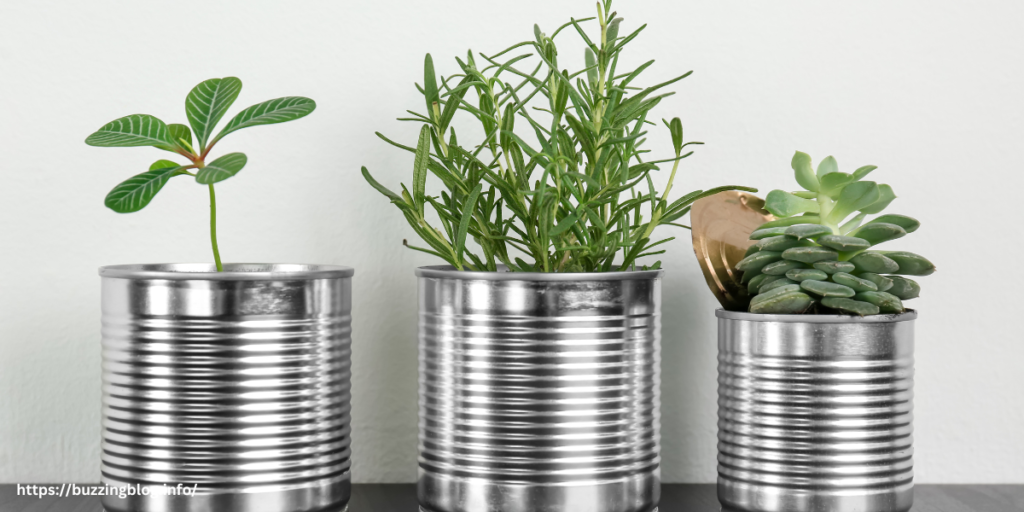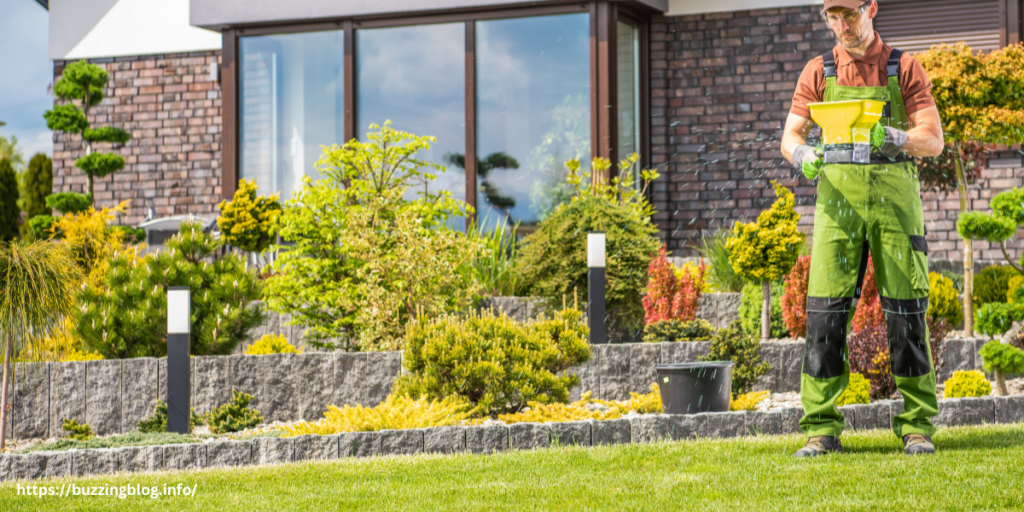The Art of Thriving in Large Pots: A Complete Gardening Guide
Gardening in large pots has become an excellent way for beginners and seasoned gardeners to grow healthy, thriving plants. Whether you live in a small apartment or have limited outdoor space, container gardening offers flexibility and the ability to nurture a wide range of plants. With the right techniques, anyone can enjoy the benefits of thriving in large pots, from growing herbs and vegetables to creating stunning floral arrangements.
Choosing the appropriate pot size, selecting the right soil mix, and ensuring consistent watering are essential to container gardening success. This guide provides a step-by-step approach, including advice for those starting with garden plants for beginners and tips for using a garden planter to achieve optimal results. We also link to our Garden Plant Guide for more plant ideas and inspiration, ensuring your potted garden thrives year-round.
Benefits of Gardening in Large Pots

Ample Root Space for Optimal Growth
Large pots allow roots to spread and grow deeper, creating a robust root system that results in healthier plants. Restricted roots in smaller containers can stunt plant growth, but in a large pot, plants can reach their full potential. Dwarf fruit trees, for instance, need a minimum of 18-24 inches of depth to produce fruit.
Enhanced Moisture Retention
The larger the pot, the more soil it holds, allowing it to retain moisture longer. This reduces the frequency of watering and helps keep plants hydrated during hot weather. Unlike small pots that dry out quickly, large containers provide a more stable environment, preventing wilting and dehydration.
Ideal for Urban and Small-Space Gardening
For those with limited space, large pots offer a way to create a thriving garden on balconies, patios, or rooftops. With large planters, urban gardeners can grow everything from flowers to vegetables. A well-chosen garden planter can even become a decorative element, enhancing the aesthetics of your space.
Better Control over Soil Quality and Pests
Using large pots allows you to control the soil composition and drainage, creating the perfect growing conditions for your plants. Additionally, potted plants are less likely to suffer from ground-dwelling pests or diseases that typically affect garden beds.
Selecting the Best Plants for Large Pots

Choosing the right plants is crucial for thriving in large pots. Some plants adapt better to containers than others, and selecting the appropriate varieties ensures a successful garden.
Vegetables that Thrive in Large Pots
Vegetables grow well in large containers, provided they have enough depth and sunlight. Here are some top choices:
- Tomatoes: Require deep pots (at least 12-18 inches) and regular feeding.
- Peppers: Thrive with consistent watering and a sunny location.
- Carrots and Beets: Root vegetables need well-draining soil and deep containers.
Growing vegetables in pots allows you to harvest fresh produce even if you don’t have a traditional garden bed.
Herbs Perfect for Large Containers
Herbs are low-maintenance and well-suited for container gardening. Popular options include:
- Mint and Basil: These thrive in moist soil and need regular pruning.
- Thyme and Rosemary: Drought-tolerant herbs that do well in pots with good drainage.
Herbs are an excellent starting point for garden plants for beginners, as they are easy to grow and offer culinary benefits.
Flowers and Ornamentals for Large Pots
Flowers can brighten up any space, and many species thrive in large containers. Some great choices include:
- Geraniums and Petunias: Provide vibrant colors throughout the season.
- Lavender: Adds fragrance and attracts pollinators like bees and butterflies.
- Hostas: Ideal for shaded areas, adding lush greenery to your garden.
By consulting a Garden Plant Guide, you can discover even more options to suit your environment and preferences.
Choosing the Right Pots and Containers

Terra-Cotta Pots for Breathability
These classic pots are porous, allowing air and moisture to pass through the walls, preventing root rot. However, they dry out faster and may require more frequent watering, especially during hot weather.
Plastic and Fiberglass Containers for Versatility
Plastic pots are lightweight, durable, and retain moisture better than terra-cotta. They are easy to move, making them perfect for urban gardeners who may need to rearrange plants for optimal sunlight.
Wooden Planters for Rustic Charm
Wooden planters, such as those made from cedar or redwood, are attractive and functional. They insulate roots from extreme temperatures but should be lined with plastic to prevent rot.
Whether you’re using a basic container or a decorative garden planter, choosing the right pot material ensures your plants have the best environment to thrive.
Preparing the Perfect Soil Mix
Components of an Ideal Potting Mix

- Compost or Organic Matter: Provides essential nutrients.
- Coconut Coir or Peat Moss: Retains moisture without waterlogging.
- Perlite or Vermiculite: Improves drainage and aeration.
Using garden soil alone isn’t recommended, as it compacts too easily in pots, limiting root growth. A well-prepared potting mix ensures your plants receive the nutrients and water they need to thrive.
Watering and Fertilizing Techniques

How to Water Plants in Large Pots
Watering is crucial when thriving in large pots since containers dry out faster than garden beds. Use the finger test—if the top inch of soil feels dry, water the plant thoroughly until it drains from the bottom. Watering early in the morning helps prevent evaporation and gives plants the moisture they need to survive the heat of the day.
Fertilizing for Healthy Growth
Plants in large pots need regular feeding, as nutrients are depleted over time. Use liquid fertilizer every two weeks during the growing season, and add slow-release granules to provide steady nourishment. Vegetable plants, in particular, benefit from regular fertilization to boost yields.
Seasonal Care for Large Pots
Spring and Summer Care
- Repot as Needed: If plants outgrow their containers, move them to larger pots to ensure continued growth.
- Prune Regularly: Deadhead flowers to encourage new blooms.
- Check for Pests: Monitor plants for pests and treat them promptly.
Fall and Winter Preparations
- Move Tender Plants Indoors: Tropical plants and herbs like basil need protection from frost.
- Reduce Watering: Dormant plants require less water during winter.
- Insulate Pots: Wrap pots in bubble wrap or burlap to protect roots from freezing temperatures.
Conclusion
Thriving in large pots opens up a world of gardening possibilities, even for those with limited space. With careful plant selection, proper potting mix, and consistent watering, you can create a beautiful, productive container garden that thrives year-round. Whether you are just starting with garden plants for beginners or looking to expand your collection, the principles outlined in this guide will set you up for success. Don’t forget to refer to our Garden Plant Guide for more plant ideas and tips to enhance your gardening experience.
FAQs about Thriving in Large Pots
1. What size pots work best for large plants?
Large plants need pots with a minimum diameter of 12-18 inches to allow for proper root development and moisture retention.
2. How can I prevent waterlogging in large pots?
Ensure your pot has drainage holes, use well-draining soil, and add a layer of pebbles or broken pottery at the bottom to promote drainage.
3. Can I grow vegetables in large pots?
Yes, vegetables like tomatoes, peppers, and cucumbers thrive in large containers as long as they receive enough sunlight, water, and nutrients.
4. How often should I repot plants in large containers?
Repot plants every 1-2 years or when you notice roots growing out of the drainage holes. This ensures the plants continue to thrive with fresh soil.
5. What are some good plants for beginners to grow in large pots?
Easy plants for beginners include herbs like basil and mint, flowers like marigolds, and vegetables like lettuce. Consult a Garden Plant Guide for more beginner-friendly options.












Post Comment